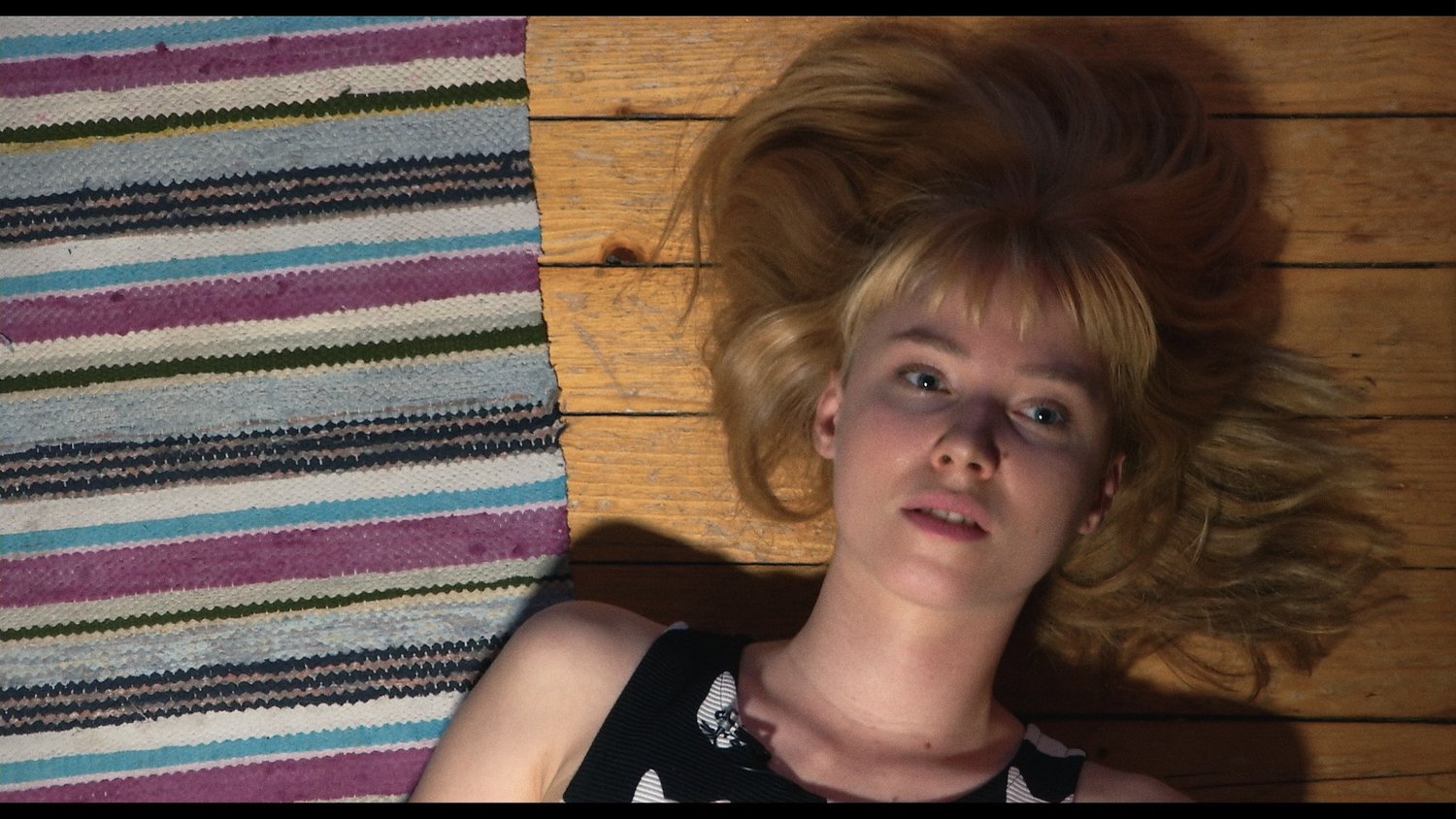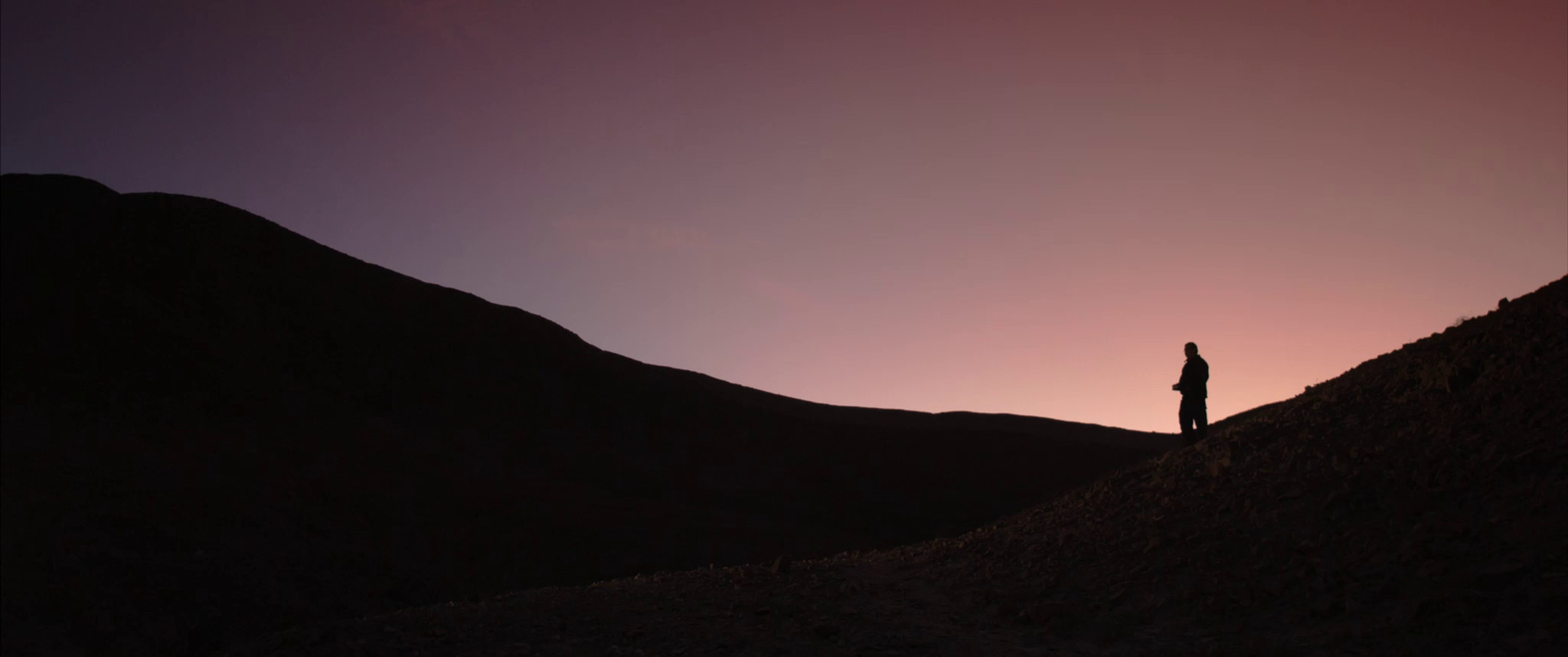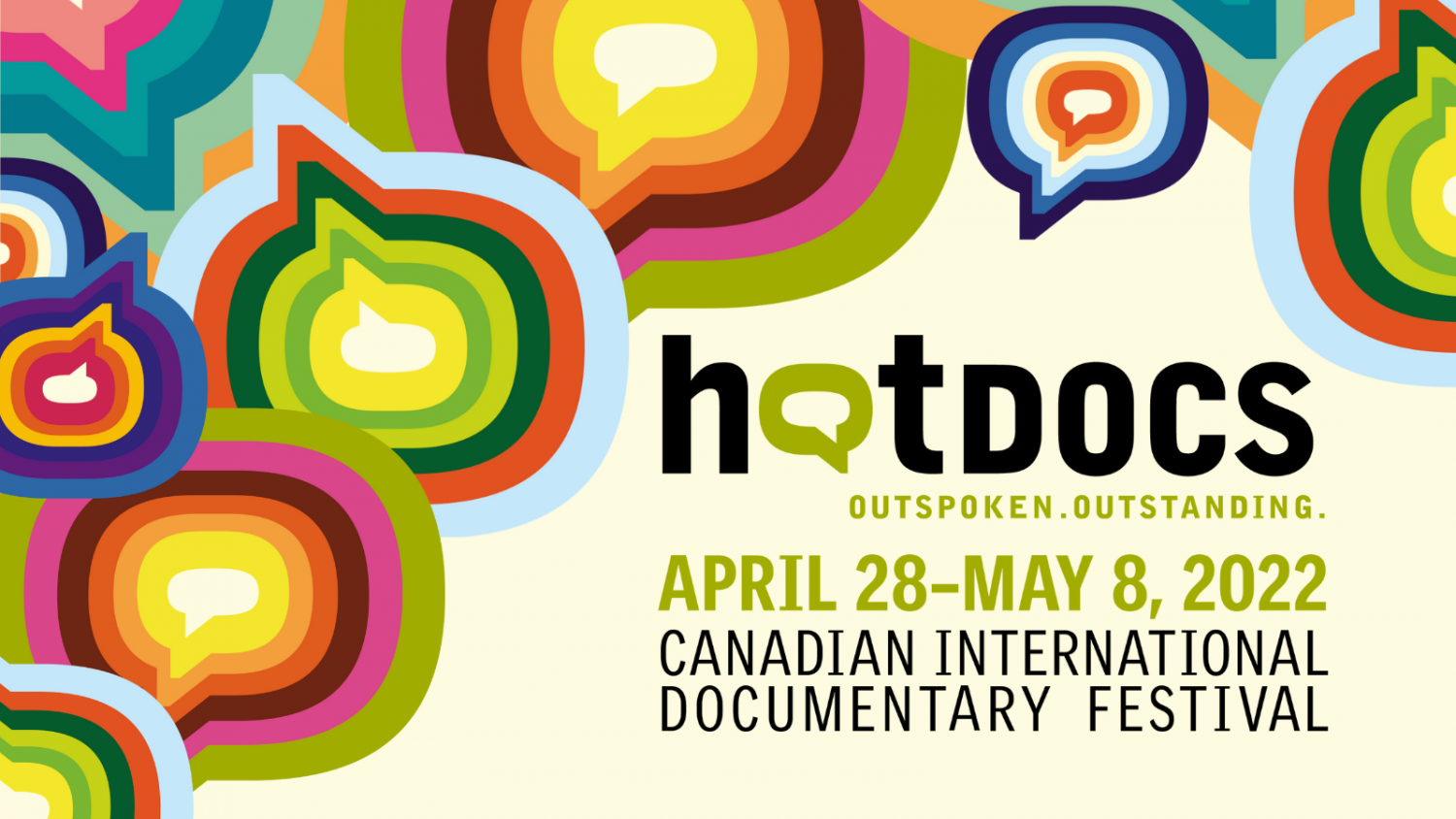The audience at Hot Docs might see aspects of their lives reflected through stories told half a world away. The Changing Face of Europe, a collaboration between Hot Docs and European Film Promotion, features some of the boldest works in the festival by intertwining intimate experiences with stakes shared by audiences in the filmmakers’ home countries as well as worldwide. Several of the films, like the Finnish selection Just Animals, Georgia’s intimate How the Room Felt, Croatia’s powerful Bigger than Trauma, and Ireland’s provocative Atomic Hope: Inside the Pro-Nuclear Movement illustrate the relationship between the personal and the political. These films inspire a transformative worldview.
Curated by Hot Docs Senior International Programmer Myrocia Watamaniuk, The Changing Face of Europe seeks a sweet spot between specific tales and universal resonance. The program draws from a longlist and generally favours new perspectives and voices on the margins of the EU. “The filmmakers might have a specialized position, they might a new producer or director, or it may be a project that would benefit from being recognized by the EFP as something that shows a diverse look of Europe,” explains Watamaniuk.
Finland: Just Animals
A fascinating convergence of these traits comes in the Finnish doc Just Animals. Directed by Vesa Kuosmanen and Saila Kivelä, Just Animals charts Kivelä’s journey from animal rights activist to global citizen as he interrogates the process of inspiring change. The film features footage shot by Kivelä since 2011 that documents her activism as she and her friend Christo break into industrial farms to record the conditions in which animals suffer under the care of even the most well-meaning farmers. Just Animals reflects upon Kivelä’s arrest and trial, as well as her relationship with her sister Mia who inspired her activist spark. The documentary evolves into a consideration of the effective measure of activism as Kivelä pauses due to burnout. Exhausted mentally and emotionally, she turns the camera back upon herself.
“We never, ever talked about how we felt even though we saw horrible stuff every night,” observes Kivelä in an interview over Zoom. “In the end, we cannot have the least-sensitive people set the limits for everyone.” As Kivelä puts Mia, now a politician, and Christo, who is still active, in the hot seat, but holds the toughest questions for herself, the film uses the animal rights debate as a springboard for a larger consideration of the road to enacting substantial change. “That’s the core: that you know yourself and know your hidden motivations, like who you want to make proud and who you want to look up to you,” says Kivelä.
Kuosmanen sees his co-director’s plight as an appropriate story with which to take Finland’s pulse. “Finland is seen as an example of a democratic country and people think that we do things well, but the animal industry and animal industrial farming is terrible everywhere and treats animals badly,” he notes. “It’s the most unfair thing in the world, in my opinion, so it’s useful to see a model country as a starting point for discussion about how animals are treated and how could we change it.” In seeing Kivelä’s own fight to change the system, and subsequently be broken by it, the film sees in one family the long road for change. (Stay tuned for a full interview with Kivelä and Kuosmanen.)
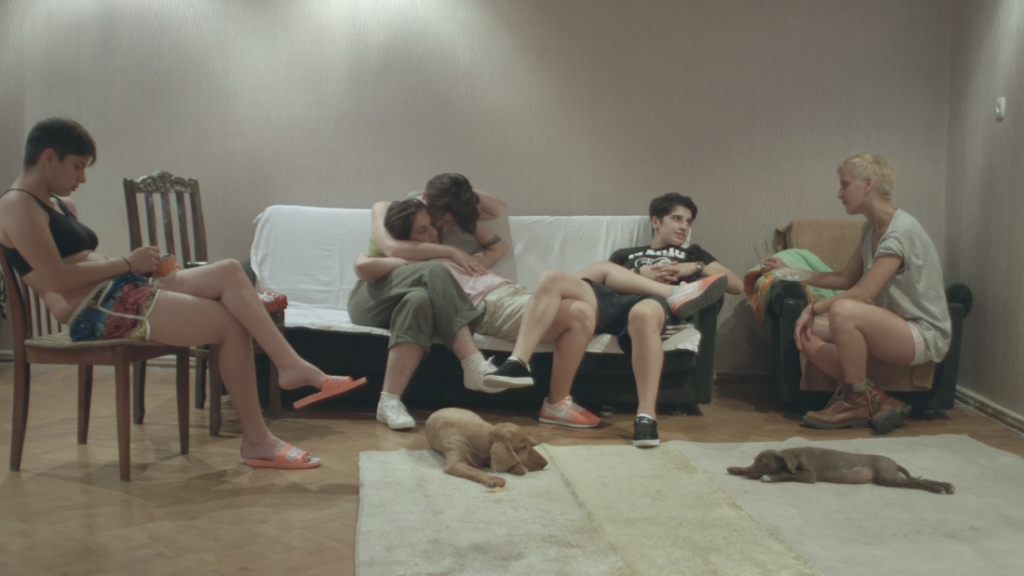
Georgia and Croatia: How the Room Felt and Bigger than Trauma
Similarly, Georgian filmmaker Ketevan Kapanadze draws upon her own experiences in How the Room Felt. This groundbreaking film benefits from Kapanadze’s ability to relate to her subjects as a queer person while entering and documenting the environments created by queer women, lesbian women, and non-binary people. It’s is a work of powerful vulnerability and strength as it enters the safe spaces shared by players of a soccer team. Kapanadze observes as the players strive to tune out the homophobia of their surroundings so that they can enjoy a positive environment ripe for self-discovery and personal growth. “I hope that the film will challenge assumptions as to what constitutes resistance by showing how lesbian* women and non-binary people occupy and deploy alternative queer spatial relationships, carve out lesbian* spaces in the heteronormative world and create safer spaces and sites of resistance where oppression can be overcome,” observes Kapanadze via email.
“I also hope that it will spark discussion about intersectionality,” she adds. “The film shows life in the peripheries of Georgia of those people who are economically disadvantaged, who face numerous problems because of the unjust system. I want the discussions to go beyond gender/sexuality and discuss the importance of other forms of oppression that equally determine our lives.” (Stay tuned for a full Q&A with Kapanadze.)
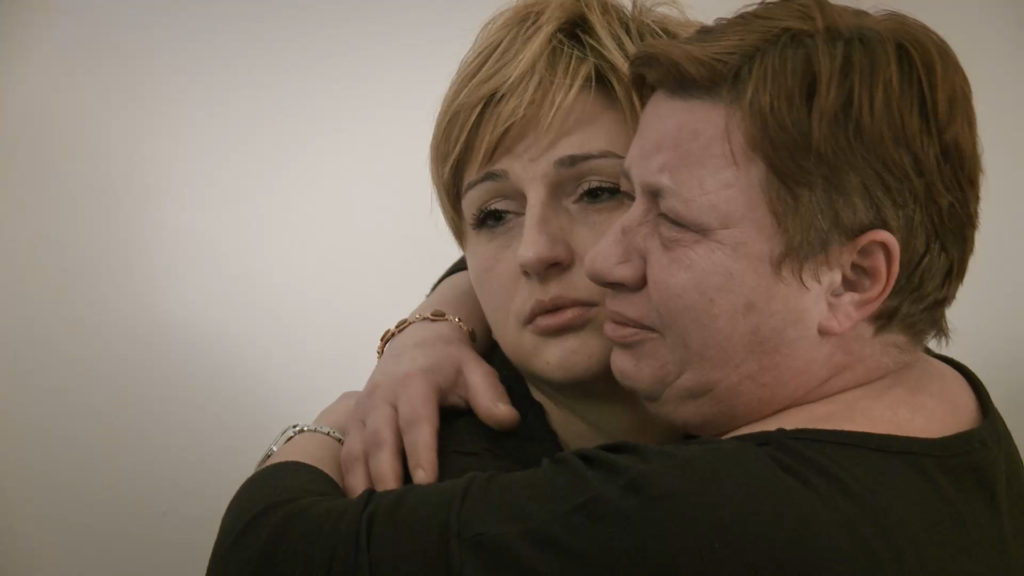
How the Room Felt finds a sister in the program with the Croatian doc Bigger than Trauma. This poignant film by Vedrana Pribačić and Mirta Puhlovski observes women who are survivors of sexual violence inflicted during the country’s civil war for independence. “Rape and sex crimes committed during war are still unaddressed when it comes to international justice,” notes Watamaniuk. The film’s unfussy observational style similarly lets viewers into the safe space the women create to heal collectively in the absence of formal redress. As the women confront their personal traumas, they also repair cultural divides as women both Serbian and Croatian share a healing circle. There are tears, and there are hugs, but there is also closure. The film acknowledges the harm done to the women, and the strength they found in the aftermath, whereas the state fails them.
“When I see a film that is literally showing that level of therapy, I can’t ignore it,” observes Watamaniuk. “The women themselves seemed affected. You could see certain realizations on camera happening to them. I found that very significant.”
Ireland: Atomic Hope
A much different approach to political filmmaking in The Changing Face of Europe appears in Irish director Frankie Fenton’s Atomic Hope: Inside the Pro-Nuclear Movement. Without commentary or judgment, Fenton points his lens towards the activists and scientists who rally in favour of nuclear energy. While the film acknowledges concerns that nuclear critics might have, it provides a forum for the pro-camp to offer mostly unfiltered views that are often lost amid the discussion. Speaking with POV via Zoom, Fenton embraced his role as a filmmaker. “My job is to point a camera at things that I think need to be discussed. In one way it’s scary, but in another way, it’s important,” he notes.
The film uses examples from the past, like the Chernobyl disaster and the incident at Fukushima, to inform a present conversation. The scope is global, and the cast largely American, which makes it a surprising choice for The Changing Face of Europe. However, its selection demonstrates how the films speak beyond borders.
“I think the question probably isn’t why it represents Ireland, but how it represents Ireland, and it probably doesn’t represent Ireland in the present day,” suggests Fenton. “Ireland is traditionally vehemently anti anti-nuclear. We had one of the world’s first large scale anti-nuclear protests in Carnsore Point in the south of Ireland in the late 1970s and that ensured the stoppage of a nuclear power plant that would’ve been built.” Instead, a coal plant fuels the area while bringing the harmful pollution for which the subjects of Atomic Hope seek an alternative.
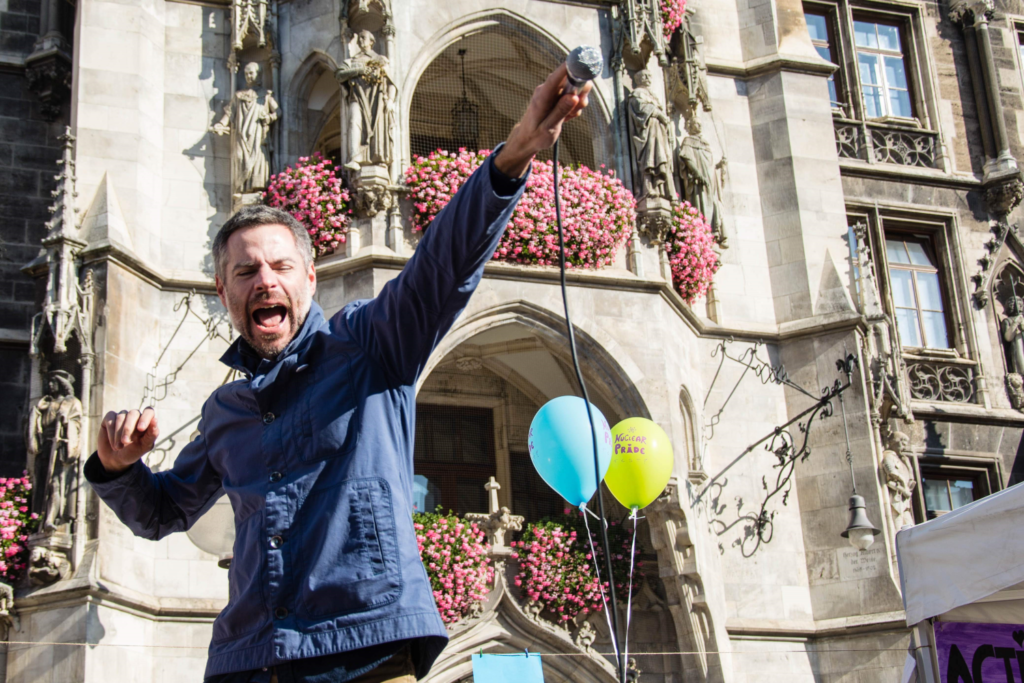
Forging Conversations
Atomic Hope may very well be the most polarising film of the line-up, but Watamaniuk hopes it sparks a lively debate. “There’s a section in there about Chernobyl that made me want to leap off my chair and throttle the scientists and people who were talking,” explains Watamaniuk. “They’re trying to convey that official numbers are not what you think they are, and that they are much lower than what the world assumes they are.” Watamaniuk says the film adds to the larger debate about official stories, alternative facts, and misinformation.
Fenton, meanwhile, sees the perspectives of the film as reflective of new perspectives in science. “I’ve been making this film for 13 years, a huge amount has happened including the tsunami at Fukushima,” notes the director. “But there’s also new respect for the science, the climate scientists, and leaders regarding how our future energy policy should go.” As Atomic Hope makes clear that the world needs to find an alternative to carbon, it leaves no easy answers amid a complicated, contested debate, particularly as the present situation with Russia attack on Ukraine inviting imminent concerns of nuclear war.
“It might not enrage you the way it enraged me,” admits Watamaniuk. “But I do have a responsibility to say, ‘Look at the way the information is being packaged and sold, and let’s start this conversation.’” Audiences should undoubtedly expect Atomic Hope to provide one of Hot Docs’ liveliest Q&As.
Read more about the films in The Changing Face of Europe in All Eyes on Europe.
This post was sponsored by European Film Promotion.




